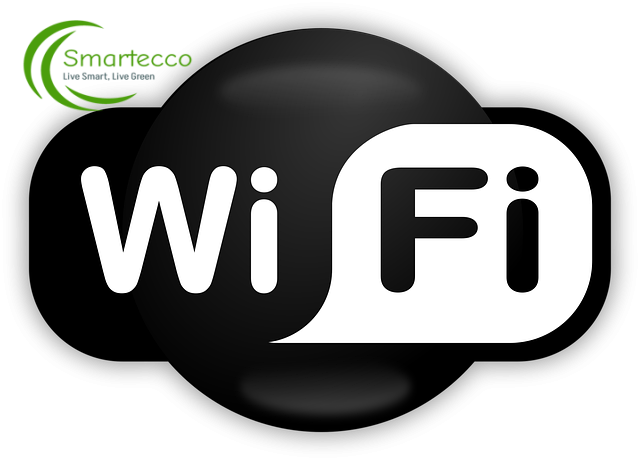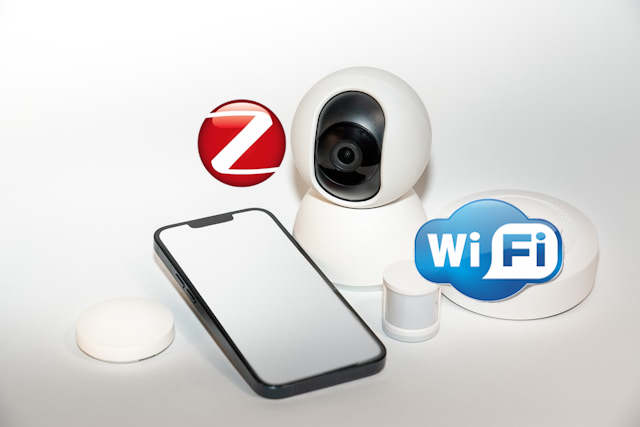As smart homes become more popular, we’re seeing more and more devices that connect to the internet to make our lives easier — from smart bulbs and switches to cameras and door locks. But not all smart devices use the same type of connection. Two common technologies behind the scenes are Zigbee and Wi-Fi.
So, what’s the difference between them, and which one is better for your home? Let’s break it down.
What Is Wi-Fi?

Wi-Fi is the wireless internet connection that most of us already use at home for our phones, laptops, and streaming devices. Some smart home gadgets, like security cameras or smart speakers, also connect directly to your Wi-Fi network.
Pros of Wi-Fi Devices:
- Easy to set up – No extra hub is needed.
- Fast speeds – Great for video streaming or real-time tasks.
- Connects directly to your router.
Cons of Wi-Fi Devices:
- Can overload your network – Too many Wi-Fi devices can slow things down.
- Consumes more power – Not ideal for battery-powered gadgets.
- Limited range – Especially if your home is large or has thick walls.
What Is Zigbee?

Zigbee is a wireless technology specifically designed for smart home devices. It uses very little power and creates a “mesh network,” meaning Zigbee devices can talk to each other and extend the signal across your home. Most Zigbee gadgets require a hub or gateway (like a smart home controller) to connect to the internet.
Pros of Zigbee Devices:
- Low power consumption – Great for battery-powered sensors and switches.
- Mesh network – Devices strengthen each other’s signals, so it works well in large homes.
- Reliable and stable – Less likely to interfere with Wi-Fi or Bluetooth.
Cons of Zigbee Devices:
- Requires a hub – Adds a small cost and extra setup.
- Not all brands are compatible – Some devices might not work together without a universal hub.
So Which One Should You Choose?
It depends on your needs:
- If you’re just starting with a few devices and want a simple setup, Wi-Fi gadgets may be easier. You won’t need a hub — just plug, connect, and go.
- If you’re planning a large smart home system with many sensors, lights, and switches, Zigbee is often a better long-term choice. It’s more efficient, scalable, and won’t clog up your Wi-Fi.
Final Thoughts
Both Zigbee and Wi-Fi have their place in the smart home world. In fact, many advanced setups use a combination of both: Zigbee for light switches, motion sensors, and thermostats, and Wi-Fi for cameras and smart TVs.
Understanding the strengths and limitations of each technology can help you build a smart home that’s reliable, fast, and works just the way you want.



